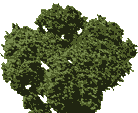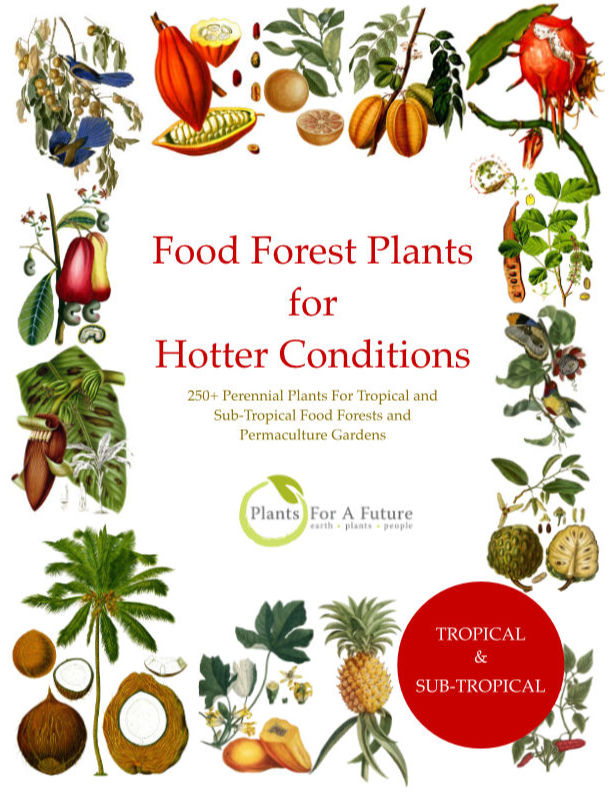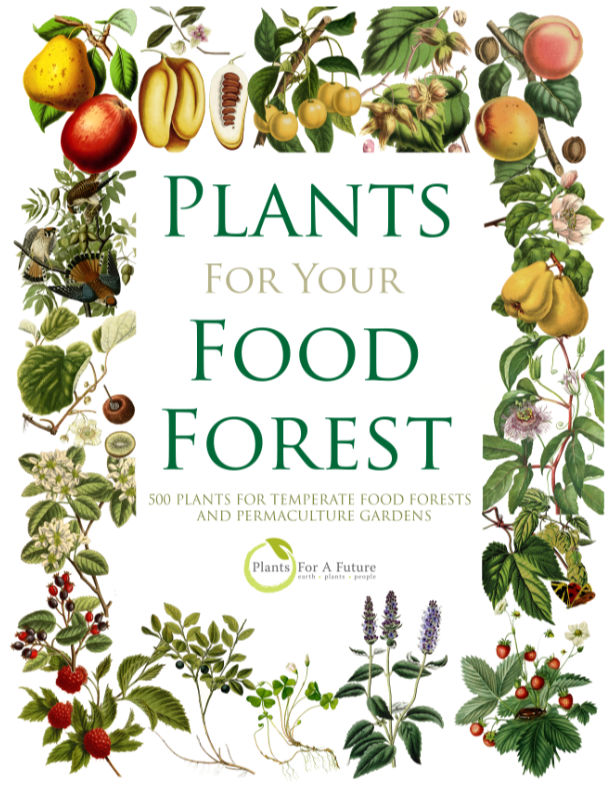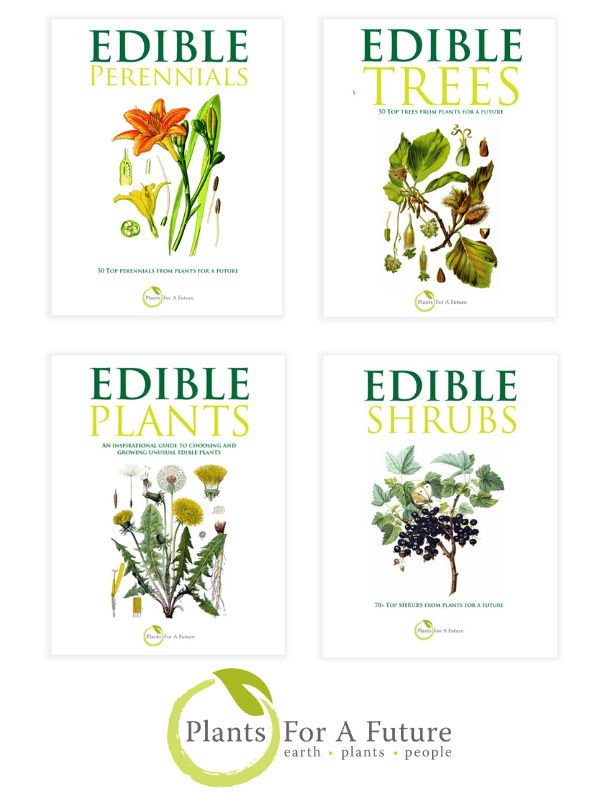 |
|
edibleplants.org |
 |
| Creative Commons Attribution-Share Alike 4.0 International license. |
Translate this page:
Summary
Several species of Cytisus /Chamaecytisus (commonly known as Brooms) grow in poor soils, are drought tolerant, and thrive in full sun. These plants are typically found in rocky, well-drained soils and withstand long dry periods. They have limited edible uses but contribute to the forest system, making them valuable contributors to healthy, functioning ecosystems. Many brooms fix nitrogen, are suitable for erosion control, act as shelter, forage habitats for wildlife, and contribute to biodiversity. Brooms produce many flowers rich in nectar and pollen, making them valuable for supporting pollinators such as bees, butterflies, and other beneficial insects.
Physical Characteristics

 Chamaecytisus albus is an evergreen Shrub growing to 1 m (3ft 3in) by 1 m (3ft 3in) at a fast rate.
Chamaecytisus albus is an evergreen Shrub growing to 1 m (3ft 3in) by 1 m (3ft 3in) at a fast rate.
See above for USDA hardiness. It is hardy to UK zone 7 and is not frost tender. The flowers are pollinated by Insects, Bees. The plant is self-fertile.
It can fix Nitrogen.
It is noted for attracting wildlife.
Suitable for: light (sandy) and medium (loamy) soils, prefers well-drained soil and can grow in nutritionally poor soil. Suitable pH: mildly acid, neutral and basic (mildly alkaline) soils and can grow in very alkaline soils.
It cannot grow in the shade. It prefers dry or moist soil and can tolerate drought.
UK Hardiness Map
US Hardiness Map
Synonyms
C. supinus subsp. albus (Hacq.) Briq. C. albus Hacq. C. austriacus var. albus (Hacq.) Neilr. C. leucanthus subsp. albus (Hacq.) Hayek.
Plant Habitats
Edible Uses
References More on Edible Uses
Medicinal Uses
Plants For A Future can not take any responsibility for any adverse effects from the use of plants. Always seek advice from a professional before using a plant medicinally.
None Known
References More on Medicinal Uses
The Bookshop: Edible Plant Books
Our Latest books on Perennial Plants For Food Forests and Permaculture Gardens in paperback or digital formats.

Edible Tropical Plants
Food Forest Plants for Hotter Conditions: 250+ Plants For Tropical Food Forests & Permaculture Gardens.
More

Edible Temperate Plants
Plants for Your Food Forest: 500 Plants for Temperate Food Forests & Permaculture Gardens.
More

More Books
PFAF have eight books available in paperback and digital formats. Browse the shop for more information.
Shop Now
Other Uses
Broom can be used as a nitrogen-fixing plant, improving soil fertility. It can also be utilised as a ground cover to prevent erosion and is often used in hedgerows and wildlife habitats. Several species of Chamaecytisus(commonly known as Brooms) grow in poor soils, are drought tolerant, and thrive in full sun. These plants are typically found in rocky, well-drained soils and withstand long dry periods. They have limited edible uses but contribute to the forest system, making them valuable contributors to healthy, functioning ecosystems. Many brooms fix nitrogen, are suitable for erosion control, act as shelter, forage habitats for wildlife, and contribute to biodiversity. Brooms produce many flowers rich in nectar and pollen, making them valuable for supporting pollinators such as bees, butterflies, and other beneficial insects. Nectary - Flowers rich in nectar and pollen: Broom species produce flowers with nectar and pollen that attract bees, butterflies, and other pollinators. Wildlife - Food (Fruit, Seeds, Leaf litter, Shelter, Nesting, Roosting): Broom shrubs provide shelter for wildlife, and birds may use the dense foliage for nesting and roosting. However, the seeds are generally not a significant food source for many animals, and the plant does not produce abundant leaf litter. Invertebrate Shelter (Overwintering sites, Leaf litter, Groundcover): The dense growth of broom can provide shelter for invertebrates, though it is not typically known for its leaf litter or groundcover characteristics. Pest Confuser (Smell): Broom plants do not have a strong scent that confuses pests.
Special Uses
References More on Other Uses
Cultivation details
Soil Texture: Prefers light (sandy) to medium soils. It is well-suited for rocky or gravelly soils and can thrive in nutrient-poor conditions. Soil Moisture: Thrives in dry to moderately moist soils. It is highly drought-tolerant once established and does not tolerate waterlogged conditions. Drainage: Requires well-drained soil. Stagnant or poorly draining soil can be detrimental. Soil pH: Adapts well to a wide range of soil pH levels, from acidic to alkaline. Saline Tolerance: Not particularly tolerant of saline soils, so it is best to avoid salt-affected areas. Tolerance of Poor Soil: It thrives in poor, nutrient-deficient soils and can improve soil fertility through nitrogen fixation. Light Requirements: Requires full sun for optimal growth. It does not thrive in shade. Height: Typically grows to about 1–1.5 meters (3–5 feet), forming a compact, bushy shrub. Pollination: Pollinated by bees and other insects attracted to its small, pea-like white flowers. Temperature: Hardy to frost and thrives in USDA zones 6–9. Well-adapted to Mediterranean and temperate climates. Drought Tolerance: Very drought-tolerant, making it ideal for xeriscaping. Flowering: From spring to early summer, it produces masses of small, fragrant white flowers, which provide excellent ornamental value. Nitrogen Fixation: As a legume, it enriches the soil by fixing nitrogen, making it an excellent choice for degraded or poor soils. Pests and Diseases: It is generally pest-free and resistant to most diseases. Pruning: Regular pruning after flowering helps maintain a compact shape and encourages vigorous new growth.Fire Hazard: Like other broom species, brooms can be flammable due to their woody stems and dry seed pods, which increases fire risk, especially in arid climates. The native range of this species is E. Central Europe to Ukraine. It is a subshrub or shrub and grows primarily in the temperate biome [2-5].
References Carbon Farming Information and Carbon Sequestration Information
Temperature Converter
Type a value in the Celsius field to convert the value to Fahrenheit:
Fahrenheit:
The PFAF Bookshop
Plants For A Future have a number of books available in paperback and digital form. Book titles include Edible Plants, Edible Perennials, Edible Trees,Edible Shrubs, Woodland Gardening, and Temperate Food Forest Plants. Our new book is Food Forest Plants For Hotter Conditions (Tropical and Sub-Tropical).
Shop Now
Plant Propagation
Easily propagated by seeds or semi-hardwood cuttings.
Other Names
If available other names are mentioned here
Native Range
Native to: Bulgaria, Czechoslovakia, Greece, Hungary, Poland, Romania, Turkey-in-Europe, Ukraine, Yugoslavia.
Weed Potential
Right plant wrong place. We are currently updating this section.
Please note that a plant may be invasive in one area but may not in your area so it's worth checking.
Invasiveness Potential. In certain regions, Broom can become invasive due to its ability to fix nitrogen in poor soils, prolific seed production and longevity, and aggressive spreading habits. This invasive behavior may threaten native plant species and alter ecosystems, especially in Mediterranean, semi-arid, and temperate environments.
Conservation Status
IUCN Red List of Threatened Plants Status : Not Available

Growth: S = slow M = medium F = fast. Soil: L = light (sandy) M = medium H = heavy (clay). pH: A = acid N = neutral B = basic (alkaline). Shade: F = full shade S = semi-shade N = no shade. Moisture: D = dry M = Moist We = wet Wa = water.
Now available:
Food Forest Plants for Mediterranean Conditions
350+ Perennial Plants For Mediterranean and Drier Food Forests and Permaculture Gardens.
[Paperback and eBook]
This is the third in Plants For A Future's series of plant guides for food forests tailored to
specific climate zones. Following volumes on temperate and tropical ecosystems, this book focuses
on species suited to Mediterranean conditions—regions with hot, dry summers and cool, wet winters,
often facing the added challenge of climate change.
Read More
Expert comment
Author
(Hacq.) Rothm.
Botanical References
Links / References
For a list of references used on this page please go here
Readers comment
| Add a comment |
|
If you have important information about this plant that may help other users please add a comment or link below. Only comments or links that are felt to be directly relevant to a plant will be included. If you think a comment/link or information contained on this page is inaccurate or misleading we would welcome your feedback at [email protected]. If you have questions about a plant please use the Forum on this website as we do not have the resources to answer questions ourselves.
* Please note: the comments by website users are not necessarily those held by PFAF and may give misleading or inaccurate information.
To leave a comment please Register or login here All comments need to be approved so will not appear immediately.
|
Subject : Chamaecytisus albus
|
|
|
|